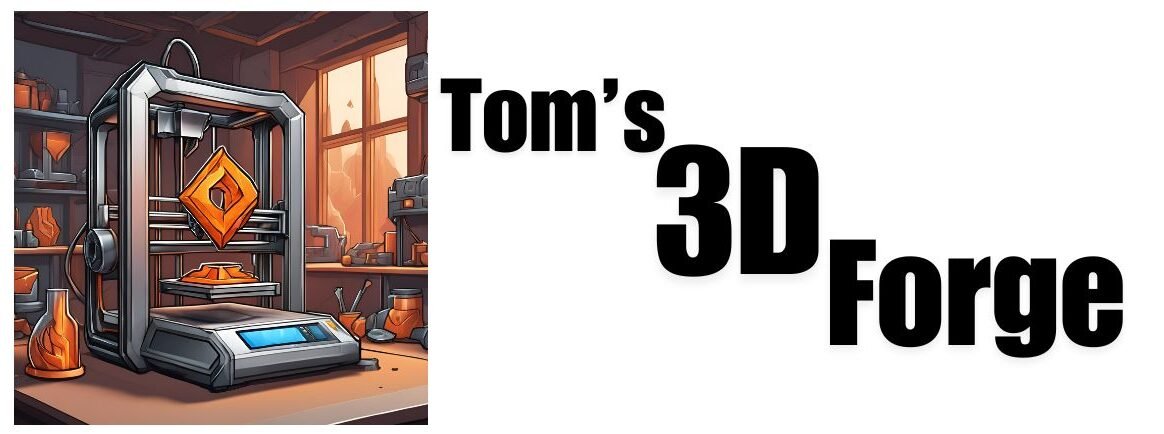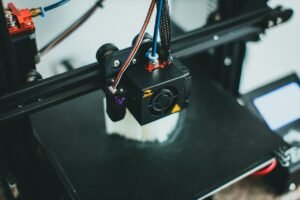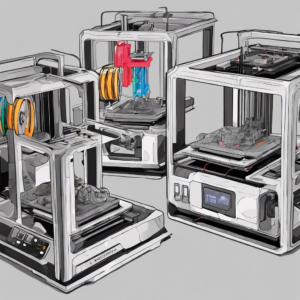
The impact of 3D printing in the medical industry. 3D printing, also known as additive manufacturing, has revolutionized various industries by enabling the creation of complex, customized objects with unprecedented precision. One of the most significant beneficiaries of this technology is the medical industry. From custom prosthetics to organ models for surgical planning, 3D printing is transforming healthcare in ways that were once unimaginable. In this blog post, we’ll explore how 3D printing has impacted the medical field, providing accurate and factually correct examples of its applications and benefits.
1. Custom Prosthetics and Orthotics
One of the earliest and most impactful applications of 3D printing in medicine is the creation of custom prosthetics and orthotics. Traditional prosthetics are expensive and take a long time to produce, often requiring multiple fittings and adjustments. 3D printing is fantastic for rapid prototyping and production of personalized prosthetic limbs that fit the patient perfectly.
- Example: Organizations like e-NABLE use 3D printing to create affordable, custom prosthetic hands for children. These prosthetics are tailored to the persons individual anatomy and can be made quickly at a fraction of the cost of standard prosthetics.
2. Surgical Planning and Training
3D printing has revolutionized surgical planning and training by providing highly accurate anatomical models. These models are created from patients’ CT or MRI scans, allowing surgeons to practice complex procedures and plan their approach in advance.
- Example: Surgeons at Boston Children’s Hospital have used 3D-printed heart models to prepare for intricate surgeries on pediatric patients. These models enable them to visualize and practice on a replica of the patient’s heart, reducing the risk of complications during actual surgery.
3. Personalized Implants and Bioprinting
Personalized implants are another area where 3D printing has made significant strides. Custom implants, such as cranial plates and joint replacements, can be tailored to fit the patient’s anatomy precisely, improving outcomes and reducing recovery times.
- Example: In 2018, surgeons in the UK successfully implanted a 3D-printed titanium sternum and rib cage in a cancer patient. The custom implant was designed to replace bones that were removed due to a tumor, providing a perfect fit and optimal structural support.
Bioprinting, a subset of 3D printing, involves printing with bioinks made from living cells. While still in its early stages, bioprinting holds the promise of creating functional tissues and organs for transplantation.
- Example: Researchers at Tel Aviv University successfully printed a small, vascularized heart using human cells. Although not yet suitable for transplantation, this achievement represents a significant step toward the future of organ printing.
4. Pharmaceutical Applications
3D printing is also making waves in the pharmaceutical industry by enabling the production of personalized medications. This technology allows for precise control over drug dosage, release rates, and combinations, tailored to the individual needs of patients.
- Example: The FDA-approved Spritam (levetiracetam) is the first 3D-printed drug on the market. Produced by Aprecia Pharmaceuticals, Spritam dissolves quickly, making it easier for patients with swallowing difficulties to take their medication.
5. Regenerative Medicine and Tissue Engineering
In regenerative medicine, 3D printing is used to create scaffolds that support the growth of new tissues. These scaffolds can be designed to mimic the extracellular matrix of natural tissues, promoting cell adhesion and growth.
- Example: The Wake Forest Institute for Regenerative Medicine has developed 3D-printed scaffolds for bone, cartilage, and muscle regeneration. These scaffolds are seeded with the patient’s cells and implanted into the body, where they support tissue regeneration and integration.
Conclusion
3D printing has brought about a paradigm shift in the medical industry, offering solutions that are more personalized, efficient, and effective than traditional methods. From custom prosthetics and surgical models to personalized implants and bioprinting, the applications of 3D printing in medicine are vast and continually expanding. As research and technology advance, we can expect even more groundbreaking developments that will further revolutionize healthcare, improving outcomes and quality of life for patients around the world.
For more updates on the latest advancements in 3D printing and its applications, stay tuned to our blog. The future of medicine is being printed layer by layer, and the possibilities are endless.




